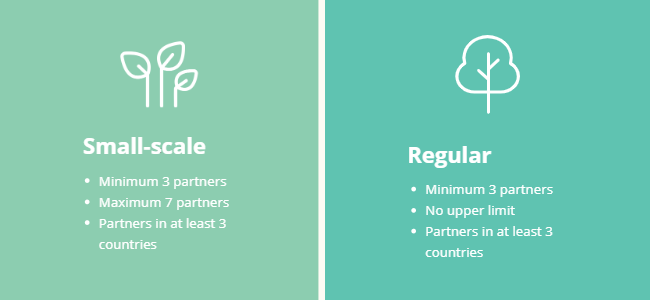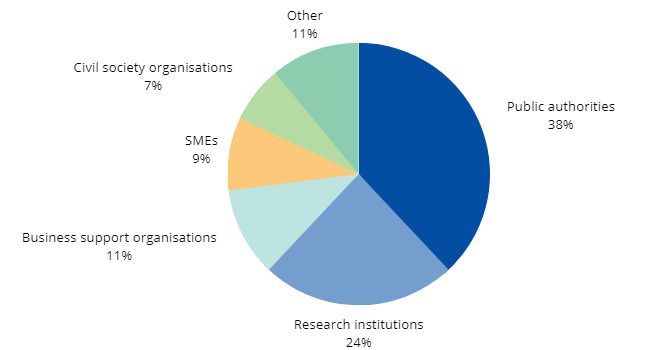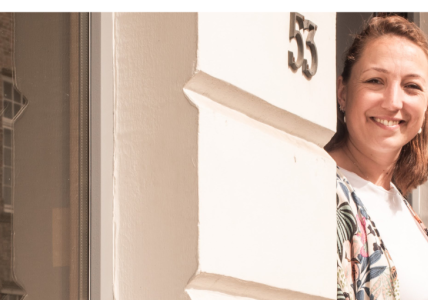Partnership
Learn how to set up and manage your partnership in line with the rules.
The partnership is a key component of all North Sea projects and crucial for project success. It is all about coming together as a group to make a real difference through conducting joint activities and finding common ground and common solutions.
Each partner has a clear role in the project. They are committed for the entire project lifetime and are even prepared to support activities after project closure.
The partnership has an important role to play in engaging the main users of project outputs and results and securing their support. For example, a project developing new ways of encouraging SME innovation must involve effective feedback from SMEs to back up the credibility of the results.
Learn more
Organisations apply as part of a partnership.
Every partnership in a project must include at least three partners from three different countries. The "rule of three" covers both small-scale projects and both stages of the regular project application. However, projects should have a positive effect on large parts of the programme area. This needs to be reflected in the partnership.
There is no maximum number of partners at either stage of the regular project application. By contrast, small-scale projects can include maximum seven partners.

Partnership size in small-scale versus regular projects.
There is no blueprint for forming a good partnership. The types of organisations involved, the level and sectors they represent and their legal status should follow from the project objective and the challenges the partnership aims to tackle. However, figures from the previous programme period provide some insights.
In the 2014-2020 programme, the average partnership size was13 partners. These were all regular projects. The figure below shows the average representation of partner organisation types.
All partners are equally important, whatever type of organisation they represent. That is why each partner needs to have a real motivation and a clear benefit from joining our transnational programme. You all make a difference!

A partnership normally consists of a lead partner and partners.
Each partner is responsible for activities in one or several work packages and for reporting on their own activities on a regular basis.
Local partnerships
In some cases, the transnational partnership covers a local partnership consisting of a coordinating partner and one or several sub-partners. In this case, the coordinating partner’s report will normally serve as the main report for the entire local partnership.
Also, please check out our tips for involving partners in communication [LINK].
The Joint Secretariat encourages the involvement of private companies, in particular small and medium sized companies (SMEs), when relevant.
About 11% of the project beneficiaries in the 2014-2020 programme were private beneficiaries. Private beneficiaries were involved in more than half of our projects.
Once your full application is approved, you need to prepare the partnership agreement.
All partners need to sign the agreement. Subsequently, the lead partner will merge all documents into one, scan and upload the combined file to the document center in the online monitoring system.
The partnership agreement should be signed no later than six months after the project contract has been signed. It should be signed by all partners, including sub-partners.
Learn more about the partnership agreement in Fact Sheet 15
National Contact Point guidance on partnership
Read the National Contact Points Partnership Building Checklist here. The checklist is based upon their experiences in the field of project development and delivery.


